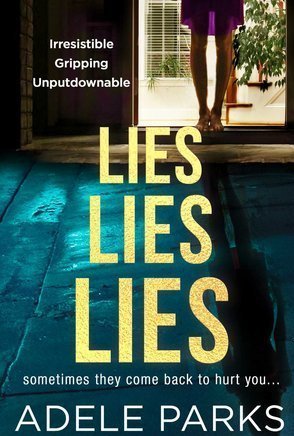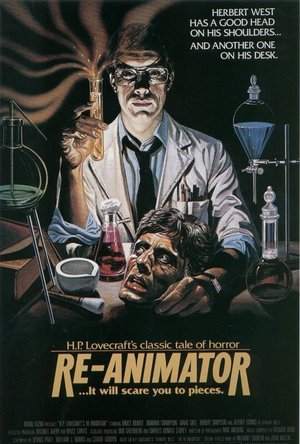Eleanor (1463 KP) rated Lies Lies Lies in Books
Aug 17, 2019
Millie is the “miracle” daughter of Daisy and Simon; conceived after a long battle with infertility. Despite the perfect family appearance there are truths covered up by lies and after one fateful night their lives will change forever. The story is told through the alternating perspective views of Daisy and Simon as they reevaluate everything in their lives.
Early on this book deals with Simon and his ever increasing dependence on booze and it’s done in a very hard hitting way giving a really gritty feeling of the life as, and life living with an alcoholic. In particular viewing things from Simon’s perspective offered a really interesting perspective.
I found some of this uncomfortable to read and just wanted to shake the characters into facing their reality head on rather than avoiding difficult conversations with each other. Daisy became a bit too much of a useless protagonist I understand some things are difficult to face up to but throughout the book she really is useless. Unfortunately this is the second book in a row I’ve read with a very weak female lead in it, I don’t mind some vulnerability but show some backbone please or its just too frustrating to read.
The twists are interesting in this although I guessed one of the big ones early on it was still an interesting read and the “baddie” really did make my skin crawl. All in all an uncomfortable but worthwhile thriller, I just would of liked Daisy to be a more developed character.

Rage of the Righteous
Games
App
Welcome to Rage of the Righteous, an exciting action-combat MMO game! Assume the role of a new...
LeftSideCut (3776 KP) rated Re-Animator (1985) in Movies
Aug 29, 2020
Based on an H.P. Lovecraft story, the plot revolves around trainee doctor Dan Cain, who's world is turned upside down when he crosses paths with Herbert West, a fellow trainee who has developed a serum that has the ability to reverse brain death. With some serious trial and error, it's not long before all hell breaks loose, and Dan is roped into Herbert's crazy schemes.
This film is a shining example of schlocky 80s horror done right and ticks all the right boxes. The dialogue may come across a bit B-Movie-ish at times, but that's hardly a problem with the strong cast involved.
Jeffrey Combs dominates every second he's on screen as Herbert West, giving us a truly iconic Mad Scientist of cinema. Same goes for David Gale as primary antagonist Dr. Carl Hill. God, I hate that character - a trait that makes him an excellent horror villain.
Bruce Abbot plays Dan, and his performance has you on his side for the whole runtime, even when he's reluctantly helping West in his unethical experiments. This was also a break out film for horror icon Barbara Crampton. I can't help but love her in anything she's in.
Another fantastic aspect about Re-Animator is the practical effects, which are truly incredible. It's such a visceral experience, so over the top, and just plain gross, everything you want from a gory horror flick. This all culminates in one of the most absurd final sequences in 80s horror, and that's saying something!
Re-Animator is both charming and disgusting, and manages to be funny as well. A true horror gem that should be seen by any fan of the genre.
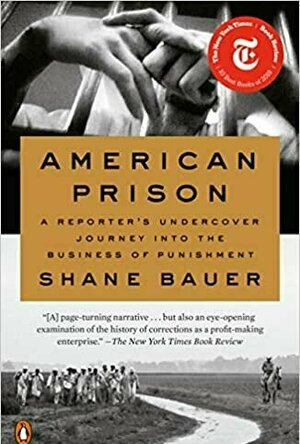
American Prison
Book
In 2014, Shane Bauer was hired for 9Ù an hour to work as an entry-level prison guard at a private...

Fire Along the Sky (Wilderness #4)
Book
The year is 1812 and Hannah Bonner has returned to her family’s mountain cabin in Paradise. But...

Written & Directed by Black Honey
Album
‘Written & Directed’ is Black Honey’s second album. It follows their outstanding self-titled...
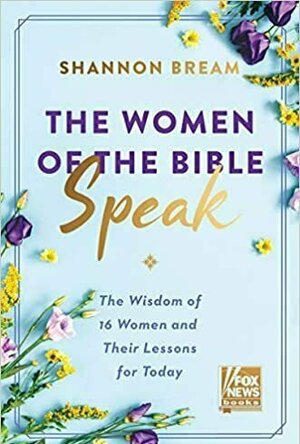
The Women of The Bible Speak
Book
The women of the Bible lived timeless stories—by examining them, we can understand what it means...
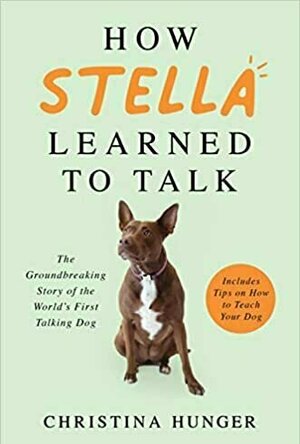
How Stella Learned To Talk
Book
An incredible, revolutionary true story and surprisingly simple guide to teaching your dog to 'talk'...

Hold Still: A Portrait of our Nation in 2020: Sunday Times Bestseller
The Duchess of Cambridge Patron of the National Portrait Gallery and Lemn Sissay MBE
Book
Focused on three key themes – Helpers and Heroes, Your New Normal and Acts of Kindness, this book...
